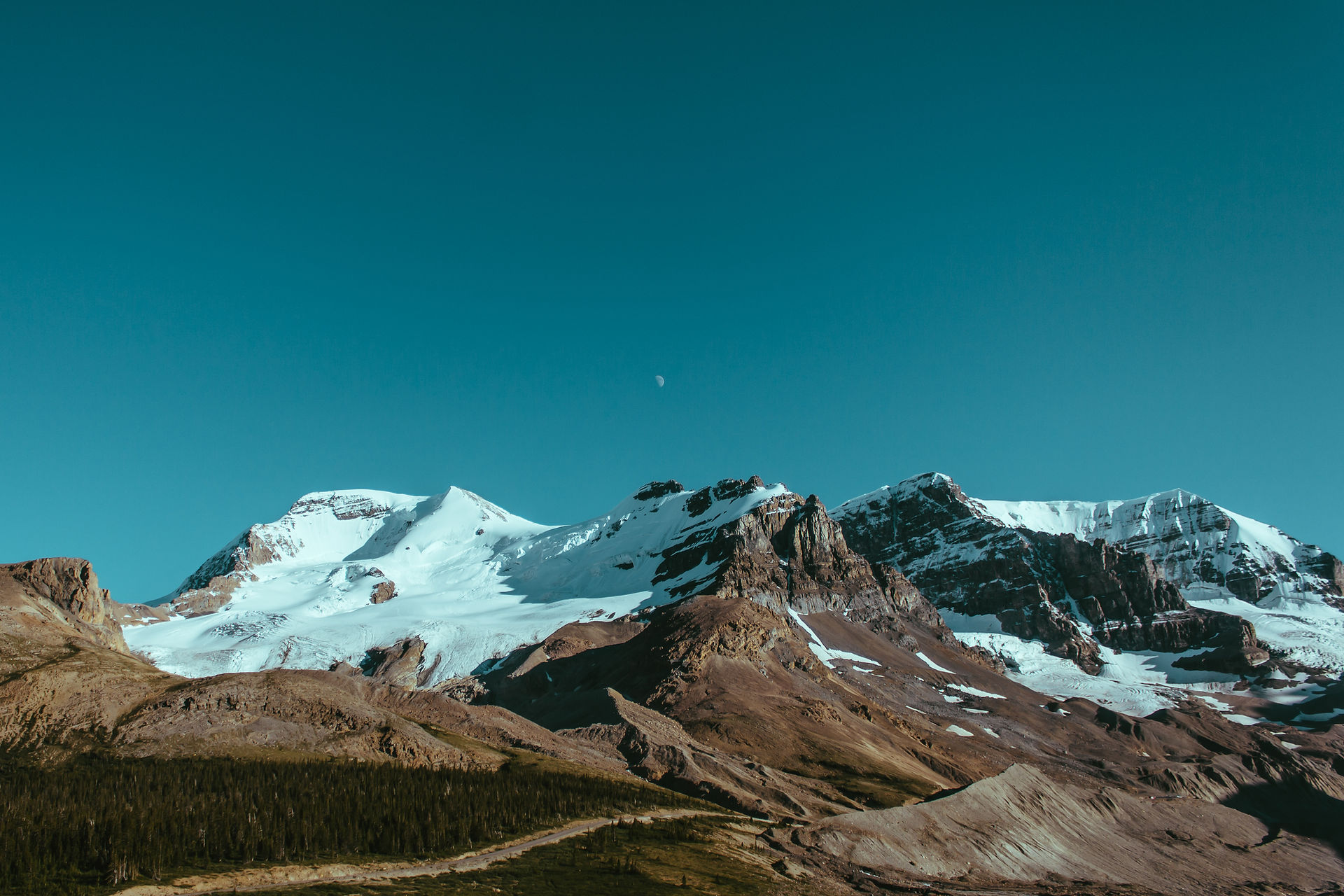
Collapse of the Soviet Union
The collapse of the Soviet Union started in the late 1980s and was complete when the country broke up into 15 independent states on December 25, 1991. This signaled the end of the Cold War between the Soviet Union and the United States.
Mikhail Gorbachev Becomes General Secretary
Mikhail Gorbachev was elected General Secretary of the Soviet Union in 1985. When he took over the Soviet Union economy was in bad shape and his idea was to reform the economy and modernize the political situation in the country.
Glasnost and Perestroika
There were two main platforms of Gorbachev's reform. The first he called Glasnost. Glasnost allowed more freedom of speech and openness in government. Government officials would be held accountable to the people for their actions. Although Glasnost was a good thing for the people, it also allowed people to protest and the media to report on issues for the first time. Many of the outlying states used this new found freedom to express their desire for independence.
The other major reform was called Perestroika. Perestroika meant "restructuring". Gorbachev meant to restructure the Soviet economy to work more efficiently. He allowed some private ownership and released some of the tight control the government had on the economy. However, the people and economy of the Soviet Union were used to the government doing everything. Things got worse before they got better.
Baltic Region
With the new found freedom of Gorbachev's reforms, some outlying Soviet states began to rebel. The first states to demand their freedom were the Baltic states of Estonia, Lithuania, and Latvia.
Nationalist Movement Spreads
Soon more states wanted their independence including Armenia, Moldova, Ukraine, and Georgia. The central government of the Soviet Union began to feel the pressure of so many states wanting independence.
Attempted Takeover of the Government
With the communist government on the verge of collapse, Soviet hardliners decided to take action. In August of 1991 they kidnapped Gorbachev and announced to the world that he was too sick to govern. They would be taking over. When the Soviet citizens began to protest, the hardliners called in the military to shut them down. However, the soldiers refused to shoot and arrest their own people. Without the military to back them up, the takeover had failed.
The Soviet Union Breaks Up
On December 24, 1991 the Soviet Union was dissolved. At the same time Mikhail Gorbachev announced his resignation. The Soviet Union divided up into 15 separate independent countries including:
-
Armenia
-
Azerbaijan
-
Belarus
-
Estonia
-
Georgia
-
Kazakhstan
-
Kyrgyzstan
-
Latvia
-
Lithuania
-
Moldova
-
Russia
-
Tajikistan
-
Turkmenistan
-
Ukraine
-
Uzbekistan
-
Facts about the Collapse of the Soviet Union
-
By international law, Russia was considered the successor state of the Soviet Union. This meant that it kept the nuclear weapons and the Soviet Union's seat on the Security Council of the United Nations.
-
Many of the old Soviet Union states still have strong economic ties with each other.
-
Some of the new countries have democratic governments while others are still under authoritarian rule.
-
One of Gorbachev's reforms was to limit the consumption of alcohol in an effort to reduce alcoholism in the Soviet Union.
-
Boris Yeltsin was the first President of Russia after the break up.

Pres. Ronald Reagan and Mikhail Gorbachev